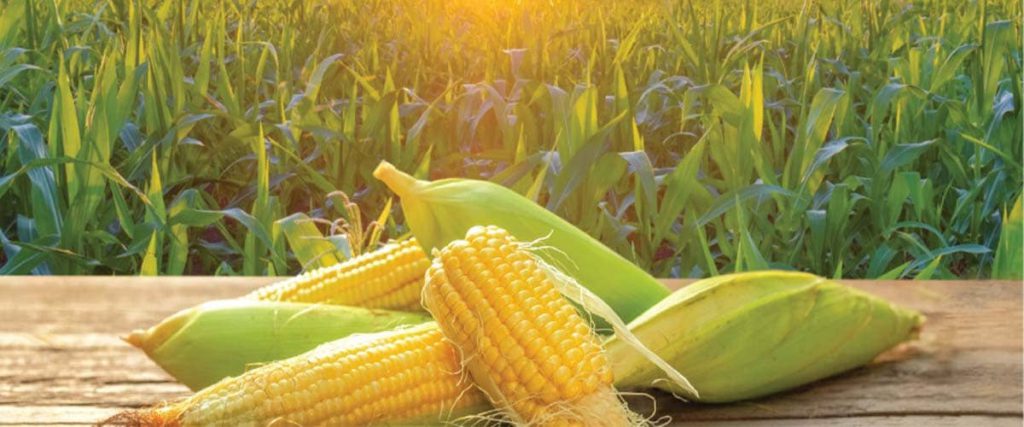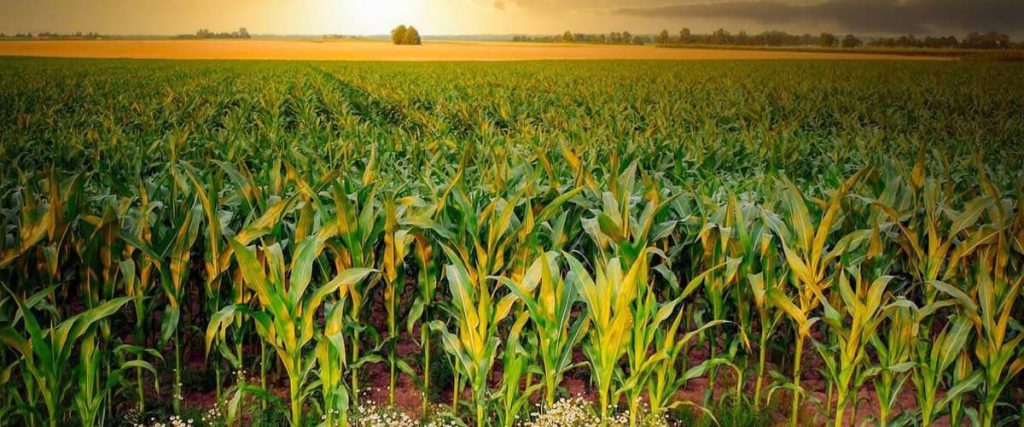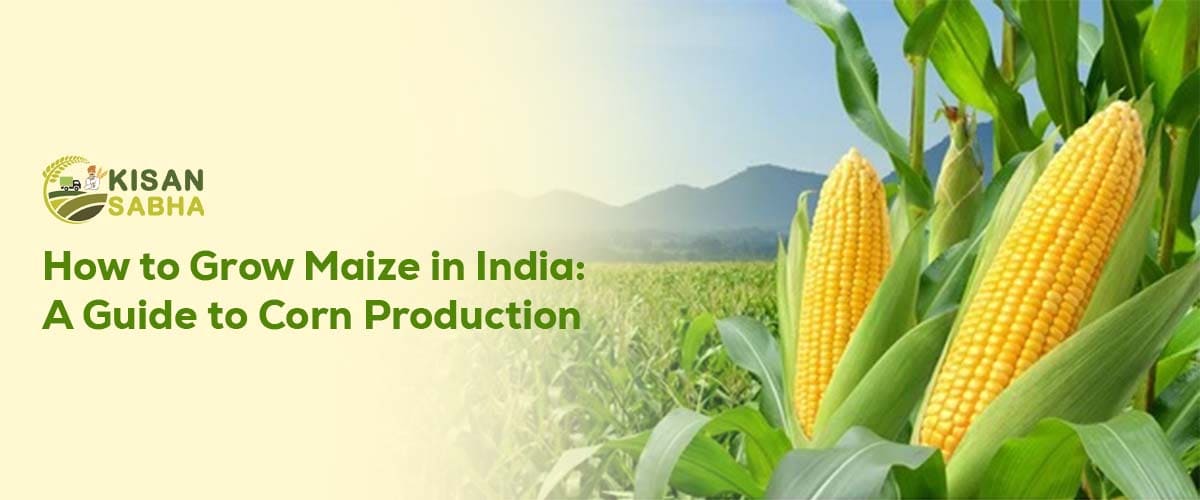Maize, known as the “queen of cereals,” is India’s third most essential food crop. Its adaptability allows it to thrive in numerous geographic conditions, making year-spherical cultivation possible. In addition, states like Andhra Pradesh, Karnataka, Bihar, and Maharashtra are distinguished in bird production across the US. Chicken isn’t only a staple in our diets it additionally serves as a key component for numerous products. It offers crucial proteins, carbohydrates, and oils, and it’s way-merchandise is utilized in the manufacturing of alcohol and beauty items.
Facts About Maize
It can grow up to 10 feet tall. Some natural species can also grow up to 43 feet. The trunk is heavy and rounded. The roots are fibrous and penetrate deep into the soil. The leaves are long and pointed. Male and female flowers develop in different parts of the plant. The male flowers grow in clusters on the stem, while the female flowers grow inside the stem. Corn seeds are round, and disc-shaped, and vary in color from creamy white to yellow-orange and even yellow and red. Corn varieties vary in crop duration, height, yield size, color, composition, and even use.

Ideal Conditions for Maize Cultivation in India
Although maize is an agro-versatile crop, ideal conditions are preferred for optimum growth and productivity.
Climate for Maize Planting
Because maize cannot withstand frost, it is a Kharif crop sown just before the monsoons arrive in India. It requires approximately 70 mm of rainfall. For maize production, alternate periods of sunshine and rain are ideal. It can withstand temperatures of up to 350°C.
Maize Production Season
Maize is a kharif crop as it calls for quite a little rain accompanied by lots of sunshine. Sowing is usually achieved in June and July. It is likewise sown within January and February, as well as September and October. Regarding seed manufacturing, the seed maturity period should now not coincide with the monsoon season. As a result, farmers sow for seed manufacturing in November and December.
Soil for Growing Maize
Maize cultivation is best suited to soils with a pH range of 5.5 to 7.0 and good drainage capabilities. Maize grows well in loamy sand, dark soil, and even clayey loam. According to some, red and alluvial soil are both ideal for growing maize. Even in extremely fertile soil, it still needs a significant amount of organic matter. It is advisable to mix a significant amount of sand into black soil of the clayey variety to improve the soil’s ability to drain. It is not advisable to grow maize on soils that retain water.
Also Read:- Farmers: Unsung Heroes Leading the Charge Against Climate Change
Maize Cultivation Procedure
Ploughing and Tilling of the Land
Because maize farming demands very fertile and tilled soil, the field is plowed many times. This phase is normally performed in April-May if the monsoon season begins in June, and in June-July for the late-season crop, which is harvested between September and October. Soil dodges are broken down, stubble, weeds, and volunteer plants (plants left behind from the previous harvest) are removed, and the area is burned. The dirt must be finely ground or powdered. The field is adequately harrowed and leveled after this first plowing.

Manuring
After the land has been leveled, organic manure such as animal dung is applied, plowed, and harrowed again. It is necessary to apply 7-8 tonnes of manure per acre. Cattle and farmyard manure can be replaced with coir pith and Azospirillum.
Preparation
The plot is constructed in the shape of beds for maize garden production. For sowing, shallow furrows are dug 40 to 50 cm apart. The beds must be suitable for irrigation.
If an extra crop is to be planted alongside maize, the spacing is increased. In the event of field agriculture, furrows are excavated at a distance of 50- 60 cm.
Maize Seed Rate
For maize growing, 5-6 kg of seeds are required per acre. For 1 kg of seeds, 2 grams of carbendazim is applied. After this treatment, the seeds must be treated the next day with Azospirillum mixed with rice gruel. After this, dry the seeds in the shade for no more than half an hour.
Irrigation
Irrigating the land a day before sowing ensures that there is enough moisture during the sowing process. It must be watered shortly after sowing once again. If there are no rains on the third day after sowing, the crop will require irrigation. It is best to water the area as soon as the soil becomes dry. However, during the early stages of development, care must be taken to prevent water stagnation in the field. After 30 days of development, once-weekly watering is generally adequate.
The seeds are sown once the ground and seeds are ready. A day before the plantation, the area is carefully watered. Sow the seeds when the soil is damp enough. The seeds usually sprout in 6 days and grow nicely above ground. Growth may be modest at first, but it accelerates after the third week. After 2 months, the immature cobs can be eaten boiling or raw. The crop is ready for harvesting after 100 days. Late varieties are left to ripen, become dead ripe, and then picked once the leaves in the fields have dried off.
Conclusion,
In conclusion, maize production in India is a good opportunity for farmers to improve their livelihoods and contribute to food security. By understanding the ideal climatic conditions, selecting suitable varieties, effective agricultural scientific practices such as proper soil preparation, fertilizers, and pesticides, farmers can ensure their corn production has increased.




